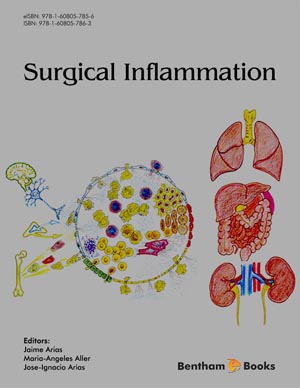Abstract
SHS investigation development is considered from the geographical and historical viewpoint. 3 stages are described. Within Stage 1 the work was carried out in the Department of the Institute of Chemical Physics in Chernogolovka where the scientific discovery had been made. At Stage 2 the interest to SHS arose in different cities and towns of the former USSR. Within Stage 3 SHS entered the international scene. Now SHS processes and products are being studied in more than 50 countries.
Abstract
Inflammation has been implicated in tumor development, invasion and metastasis. Hence, it has been suggested that common cellular and molecular mechanisms are activated in wound repair and in cancer development. In addition, it has been previously proposed that the inflammatory response, which is associated with the wound healing process, could recapitulate ontogeny through the re-expression of the extraembryonic, i.e. amniotic and vitelline, functions in the interstitial space of the injured tissue. If so, the use of inflammation by the cancer-initiating cell can also be supported in the ability to reacquire extraembryonic functional axes for tumor development, invasion and metastasis. Thus, the diverse components of the tumor microenvironment could represent the overlapped re-expression of amniotic and vitelline functions. These functions would favor a gastrulation-like process, that is, the creation of a reactive stroma in which fibrogenesis and angiogenesis appear.
Keywords:
Cancer, tumor development, tumor invasion, metastasis, cancerrelated inflammation, angiogenesis, wound healing, myofibroblast, epithelialmesenchymal transition, mesenchymal-epithelial transition lymphangiogenesis, hypoxia, interstitial-lymphatic tumoral axis, Warburg effect, leukocytic cancer cell phenotype, immunotolerance.
Recommended Chapters
We recommend

Authors:Bentham Science Books






